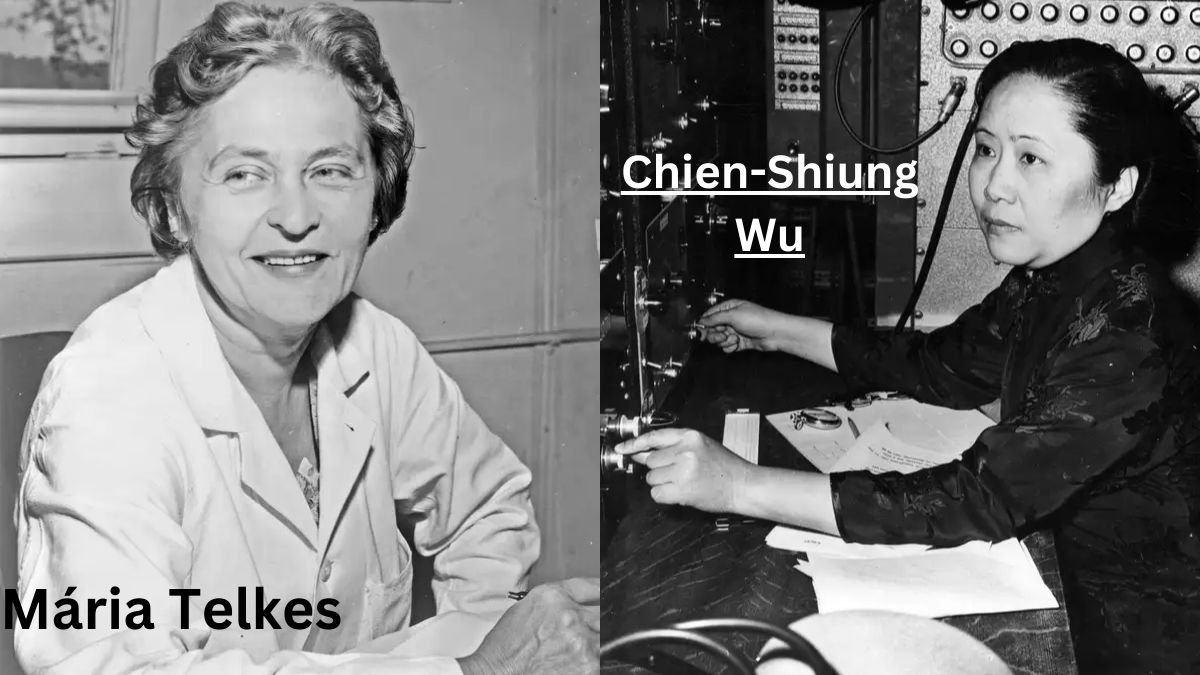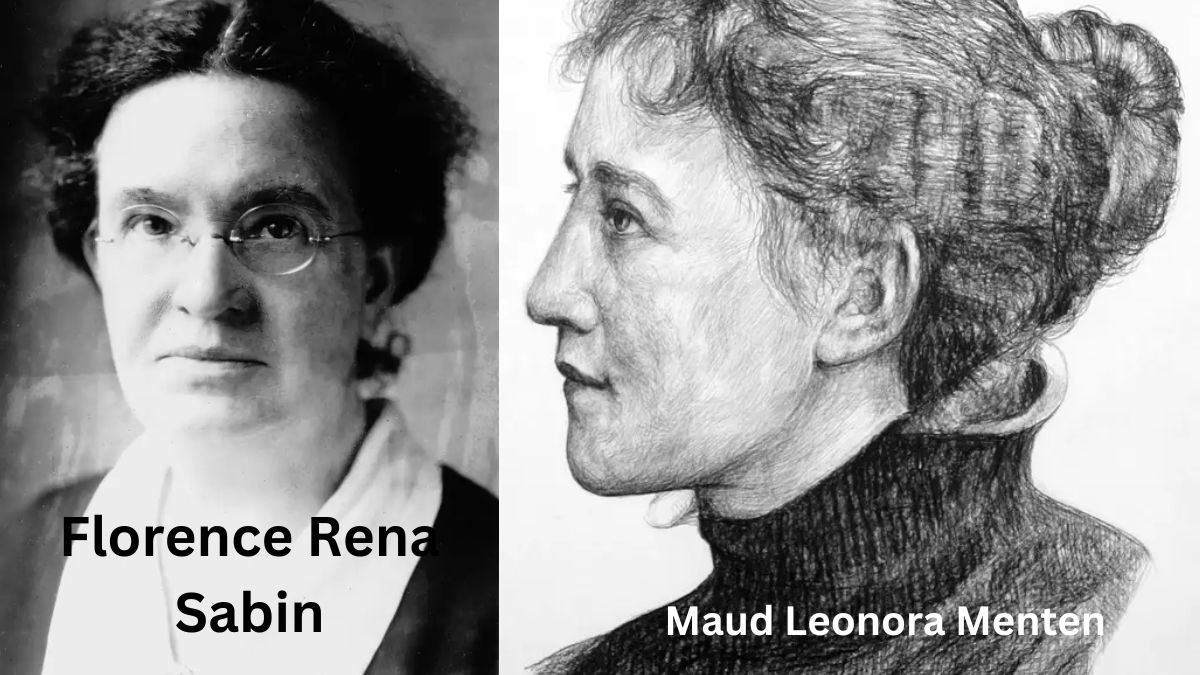Excluding well-known women science Nobel laureates like Marie Curie, as well as notable figures such as Jane Goodall, Rosalind Franklin, and Rachel Carson, who have already gained significant visibility in textbooks and occasionally in popular media, it can be quite challenging to recall prominent or trailblazing women scientists. If any of the 10 women listed below seem unfamiliar to you, we commend your knowledge.

10 Remarkable Women Scientists
Highlighting women scientists “who should be famous (or more famous)” suggests a certain level of obscurity. However, each of the exceptional women featured here (in no specific order) has made groundbreaking, insightful, or pioneering contributions to the field of science. Selecting only ten individuals to champion was undoubtedly a difficult endeavor. Nonetheless, we believe that this compilation, encompassing women from diverse scientific disciplines who pursued their work during a time when men dominated the scientific arena, serves as an excellent starting point. This list has been adapted from a post originally published on the Britannica Blog.
10-Ida Noddack: Discovering Nuclear Fission
Ida Noddack, a German chemist, played a significant role in the discovery of nuclear fission and co-discovered the element rhenium. Her groundbreaking contributions were initially overlooked but later acknowledged. In 1934, Italian physicist Enrico Fermi proposed the existence of transuranium elements produced by bombarding uranium with neutrons. Noddack, in a paper discussing Fermi’s findings, suggested that the bombardment might have resulted in the production of smaller nuclei, proposing the concept of nuclear fission. However, her idea was disregarded due to its deviation from established views and lack of chemical evidence. In 1938, German chemists Otto Hahn and Fritz Strassmann confirmed the occurrence of nuclear fission. In 1939, Noddack asserted her prior discovery, but Hahn and Strassmann declined to address her claims.
9-Chien-Shiung Wu: Contributions to Physics
Chien-Shiung Wu was an American medical researcher and health educator who made notable contributions to physics. Her work focused on experiments that violated the law of conservation of parity, leading to a deeper understanding of fundamental interactions. Wu’s research played a crucial role in verifying the theory of weak interaction, as proposed by Tsung-Dao Lee and Chen-Ning Yang. Her experiments demonstrated the asymmetry of beta decay, which challenged the long-standing belief in the conservation of parity. Wu’s pioneering work earned her recognition and accolades in the field of physics.
8-Mathilde Krim: Leading the Fight Against AIDS
Mathilde Krim, an American medical researcher and health educator, dedicated her efforts to combatting AIDS and HIV through research and education. Her unwavering commitment to the cause led to remarkable contributions in the fight against AIDS. In 1983, Krim established the AIDS Medical Foundation, which later merged with another organization to form the American Foundation for AIDS Research (AmFAR). This foundation played a pivotal role in advancing scientific understanding, treatment, and prevention of HIV/AIDS. Krim’s tireless advocacy and leadership earned her recognition, including the prestigious Presidential Medal of Freedom bestowed upon her in 2000.
7-Mária Telkes: Advancing Solar Energy
Mária Telkes, a Hungarian-born American physical chemist and biophysicist, revolutionized the field of solar energy with her inventions. After immigrating to the United States, Telkes conducted biophysics research at the Cleveland Clinic Foundation and later became a research engineer at Westinghouse Electric. During World War II, while working for the U.S. Office of Scientific Research and Development, she invented a solar distiller capable of converting seawater into drinking water through vaporization and recondensation. In 1948, Telkes realized her vision of a solar-powered home heating system, utilizing solar collectors and Glauber’s salts for heat storage, with the construction of a house in Dover, Massachusetts. Her pioneering work laid the foundation for the use of solar energy in everyday applications.
6-Cecilia Payne-Gaposchkin: Unveiling the Composition of Stars
Cecilia Payne-Gaposchkin, a British-born American astronomer, made groundbreaking discoveries about the composition and classification of stars. In her influential Ph.D. thesis, published as “Stellar Atmospheres” in 1925, Payne utilized spectral lines and the work of Indian astrophysicist Meghnad Saha to establish the correlation between the spectral sequence and stellar temperatures. She conclusively determined that stars primarily consist of hydrogen and helium, contrary to the prevailing belief that stars had a composition similar to Earth. Initially challenged by astronomer Henry Norris Russell, who later conceded her correctness in 1929, Payne-Gaposchkin’s thesis became renowned as an exceptional work in astronomy. She became the first recipient of a Ph.D. in astronomy from Radcliffe College since Harvard did not grant doctoral degrees to women.
5-Jewel Plummer Cobb: Pioneering Cancer Researcher and Advocate
Jewel Plummer Cobb, an accomplished American biologist, and cancer researcher, made significant contributions to the study of melanin, melanoma, and cell damage. After earning her Ph.D. in cell physiology in 1950, she embarked on a remarkable career as a fellow at the National Cancer Institute. Her groundbreaking work led to the discovery of the effectiveness of methotrexate, a chemotherapy drug, in treating certain skin and lung cancers—a treatment that remains in use today. In addition to her scientific achievements, Cobb tirelessly dedicated herself to promoting diversity and inclusivity in STEM fields, establishing and supporting numerous programs for women and minorities. In 1981, she shattered barriers by becoming the first Black woman to serve as president of a major public university in the western United States when she was appointed president of Cal State University, Fullerton.

4-Sophia Louisa Jex-Blake: Trailblazing British Physician
Sophia Louisa Jex-Blake, a British physician, played a pivotal role in securing legislative changes that allowed women in Britain to pursue medical degrees and licenses to practice medicine and surgery in the late 19th century. Due to the discriminatory practices of the time, Jex-Blake had to navigate a convoluted path to pursue her own medical education. She studied at Queen’s College, London, and continued her studies in Boston, New York, and the University of Edinburgh, where she faced denial of a medical degree. Eventually, she obtained her medical degree from the University of Bern and received a license to practice from the King’s and Queen’s College of Physicians in Dublin. Jex-Blake’s determined efforts opened doors for women in the medical profession.
3-Florence Rena Sabin: Trailblazing Anatomist and Researcher
Florence Rena Sabin, an American anatomist, and investigator, gained recognition as one of the leading women scientists in the United States for her pioneering research on the lymphatic system. In 1917, she achieved a historic milestone by becoming the first female full professor at Johns Hopkins University. Later, in 1925, she joined the Rockefeller Institute for Medical Research (now Rockefeller University) and became the first woman to be elected to the National Academy of Sciences. Sabin’s work, including her influential publication “An Atlas of the Medulla and Midbrain” (1901), made significant contributions to the field of medicine. Her groundbreaking discovery that lymphatic vessels develop from a distinct cell layer in certain fetal veins solidified her reputation as an exceptional researcher.
2-Muriel Wheldale Onslow: Contributions to Modern Genetics
Muriel Wheldale Onslow, a British biochemist, made significant contributions to the field of modern genetics through her study of flower color inheritance in the common snapdragon. While working at the Balfour Biological Laboratory for Women at the University of Cambridge, she collaborated with biologist William Bateson, who had rediscovered Gregor Mendel’s paper on plant hybrids in 1900. Through her experiments on crossbreeding snapdragon plants with different flower colors, Onslow provided concrete evidence supporting the theory of Mendelian inheritance, demonstrating that traits are inherited by offspring in specific proportions. Her groundbreaking findings were published in 1907 in a paper titled “The Inheritance of Flower Colour in Antirrhinum Majus.” Onslow’s research also delved into the biochemistry of pigment molecules in plants, further expanding our understanding of genetics.
1-Maud Leonora Menten: Enzyme Kinetics and Histochemistry Pioneer
Maud Leonora Menten, a Canadian biochemist and organic chemist, collaborated with German-born biochemist Leonor Michaelis to advance the field of enzyme kinetics. Together, they formulated the Michaelis-Menten hypothesis, which explains the mechanism and velocity of reversible reactions between enzymes and their substrates. Their research, presented in 1912-1913, is widely recognized as Michaelis-Menten kinetics, encompassing the hypothesis, equation, and constant. Notably, Menten’s crucial contributions to the hypothesis often go unrecognized. She later focused on cancer research, earning a Ph.D. in biochemistry, and made significant advancements in histochemistry—a discipline that investigates the chemical components and activities within cells.